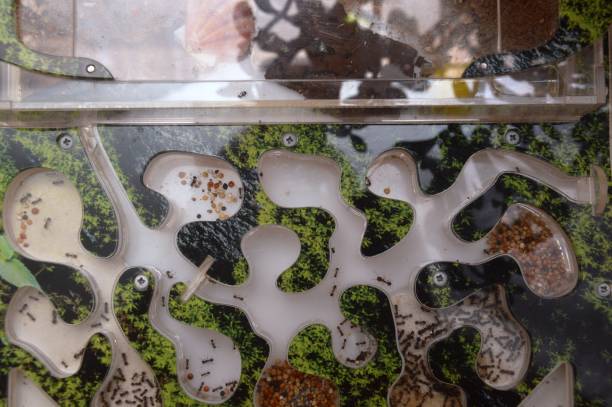Unveiling the Remarkable World of Ant Farms
An ant farm is an incredible spectacle of nature. They provide an up-close look at the intricate social structures and interactions of ants. This fascinating world, once kept behind the glass, has now become a popular pet trend. Immerse yourself in the fascinating world of ant farms. A journey through this article will take you into the heart of these tiny societies, their significance, and the novel trend of ant keeping. Prepare to gain a fresh perspective on the complex world of ants.

The Emergence of Ant Farms
Ant farms date back to 1900 when French entomologist Charles Janet designed the first formicarium or ant farm. The purpose was to study ants’ behavior in a controlled environment. However, the commercial ant farm did not become popular until 1956, when Milton Levine introduced it as a novelty toy in America. These ant farms, often called ant observatories, provided a unique view of the ants’ subterranean activities.
Ant Farms: A Modern Pet Trend
In recent years, ant farms have evolved from children’s toys to a hobby for adults. More and more people are becoming interested in ant keeping, fascinated by their complex societies and behaviors. This shift has led to a surge in demand for advanced ant farms, resulting in a booming market. The price of these modern ant farms can range from $20 for a basic setup to over $300 for high-end models.
Inside the Ant Society
Ants are eusocial insects, meaning they live in highly organized colonies. Each ant has a specific role to play, from the queen who lays eggs to the workers who forage for food. Observing an ant farm allows us to witness these roles in real-time. It’s a captivating look at the intricate social structures of ants, making ant farms a unique form of pet keeping.
The Impact on Science and Education
Ant farms are not just a hobby; they’re also a valuable educational tool. They offer a hands-on way to learn about biology, ecology, and social behavior. Many schools use ant farms to teach students about insect life cycles and the importance of teamwork.
The Future of Ant Farming
As the interest in ant farms continues to grow, so does the innovation in their design. Modern ant farms now feature advanced ventilation systems, hydration mechanisms, and viewing chambers. With the continuous advancements and the increasing interest, the future of ant farming looks promising.
In conclusion, ant farms offer a unique perspective into the remarkable world of ants. They are a source of fascination, education, and entertainment. Whether you’re an amateur entomologist, a curious observer, or an animal enthusiast, the world of ant farms holds a unique charm. So, why not delve into this incredible miniature world and experience the wonder of ant farms firsthand?





